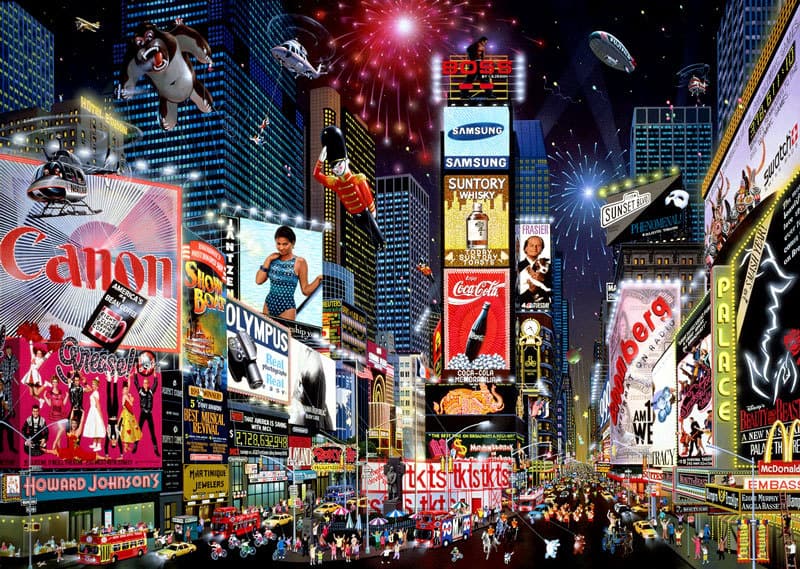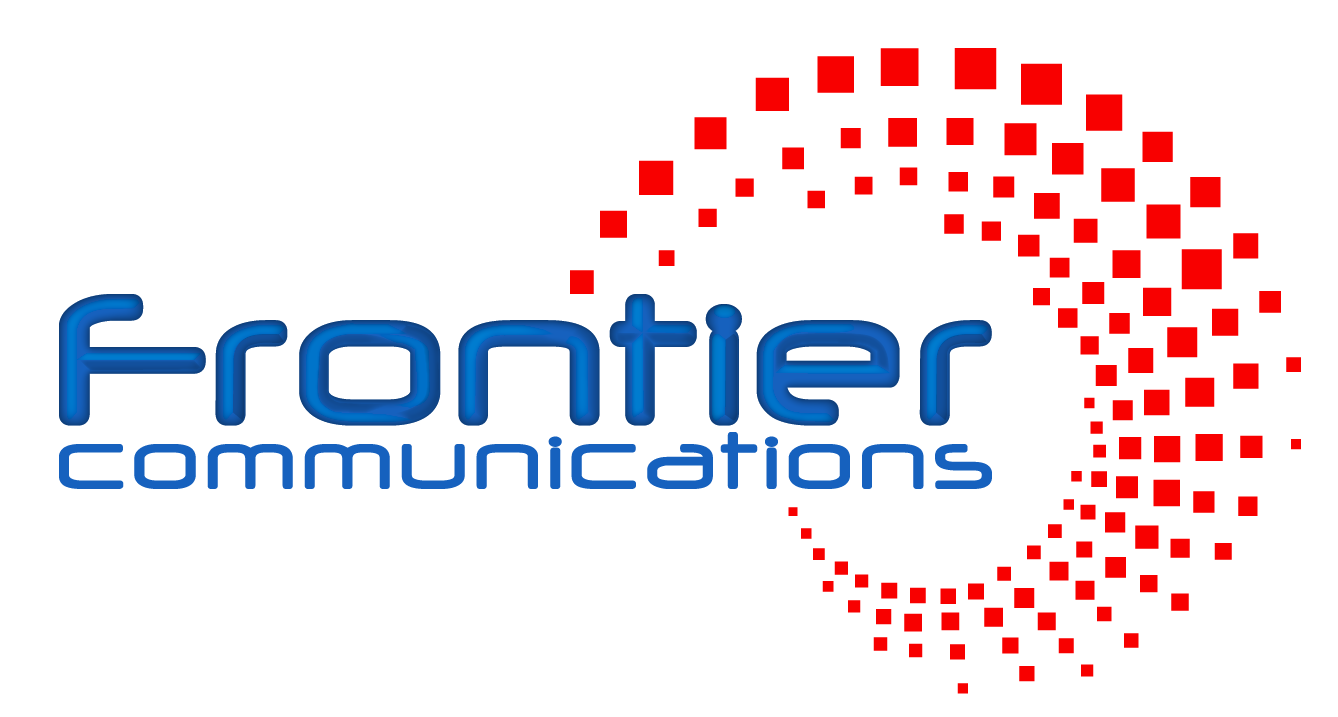Marketing: Between Creativity and Discipline

 Researchers have established with some degree of certainty that the first evidence of branding dates back to 35 BC Pompeii, but it wasn’t until the 1900s that marketing began to take shape in terms of becoming its own department in large organizations and the formation of specialized ad agencies. By the 1930s advertising -first in print then radio and later TV- became one of the most critical success factors for companies large and small. It was the period between 1930 and 1960 that hugely associated marketing and advertising with creativity, marketing was all about advertising and advertising was all about creativity primarily in messaging, photography or graphics.
Researchers have established with some degree of certainty that the first evidence of branding dates back to 35 BC Pompeii, but it wasn’t until the 1900s that marketing began to take shape in terms of becoming its own department in large organizations and the formation of specialized ad agencies. By the 1930s advertising -first in print then radio and later TV- became one of the most critical success factors for companies large and small. It was the period between 1930 and 1960 that hugely associated marketing and advertising with creativity, marketing was all about advertising and advertising was all about creativity primarily in messaging, photography or graphics.
Fast forward to the 21st century, while marketing has become much much more than advertising, creativity is still of utmost importance in every marketing campaign, but creativity and innovation have gone into each and every branch of marketing, from technology to social targeting and from email tracking to marketing automation.
 Researchers estimate that the average person is exposed to as much as 4000 to 10000 ads per day (in one form or another), naturally our brains start ignoring most of them, consequently advertisers had to up their game, make their ads bigger, louder and more disruptive driving marketing budgets through the roof without necessarily delivering better outcomes. And here is where innovation and creativity had to go beyond graphics, photography or messaging and into targeting, channel mix, campaign flows, programmatic advertising, dialogue marketing and so forth.
Researchers estimate that the average person is exposed to as much as 4000 to 10000 ads per day (in one form or another), naturally our brains start ignoring most of them, consequently advertisers had to up their game, make their ads bigger, louder and more disruptive driving marketing budgets through the roof without necessarily delivering better outcomes. And here is where innovation and creativity had to go beyond graphics, photography or messaging and into targeting, channel mix, campaign flows, programmatic advertising, dialogue marketing and so forth.
While in the old days marketing was primarily all about creativity in a single touch ad campaign, it has recently dawned on marketing managers that now creativity alone won’t cut it. For instance, in order to run a successful lead generation campaign, you need to clearly map out the customer decision making process, develop a multi touch campaign that will take various responders (and non-responders) into unique routes based on the behaviors or preferences (both explicit and implicit).
Enter discipline, discipline in doing the research, diving into the analytics, understanding the customer journey, doing A/B testing, determining the channel mix, developing the multi touch approach, tuning the social targeting model, building the campaign maps and monitoring conversion rates as well as ROI. This is not the kind of work the creative free spirits of old marketing are happy to do nor are they often prepared or qualified to do. Suddenly marketing started to have a place for the more scientifically oriented minds, people with analytical skills, that operate more on evidence than instinct.
 But it is the combination of the creative and the scientific minds that usually produce the best performing campaigns although over the years we have seen the balance of power swing back and forth between the two. For instance, the financial crisis of 2008 and the SARS Covid 2 pandemic in 2020 have caused many marketing departments to shrink mostly in terms of the ‘creative’ headcounts while the period in between 2010 and 2019 has seen an increase in that same population.
But it is the combination of the creative and the scientific minds that usually produce the best performing campaigns although over the years we have seen the balance of power swing back and forth between the two. For instance, the financial crisis of 2008 and the SARS Covid 2 pandemic in 2020 have caused many marketing departments to shrink mostly in terms of the ‘creative’ headcounts while the period in between 2010 and 2019 has seen an increase in that same population.
Marketing has gone through a number of evolutions, from branding/advertising to demand generation, from simple one touch ads to complex multitouch campaigns, from newspapers and billboards to the internet, and from inside out to bidirectional therefore every modem marketing department needs both creativity and discipline operating in harmony in order to deliver results.
